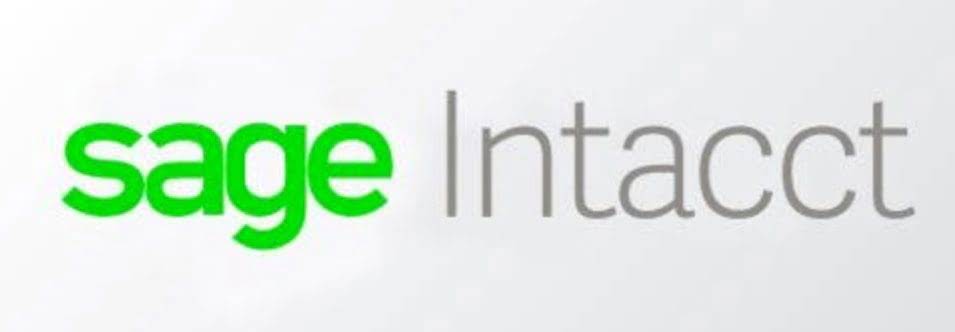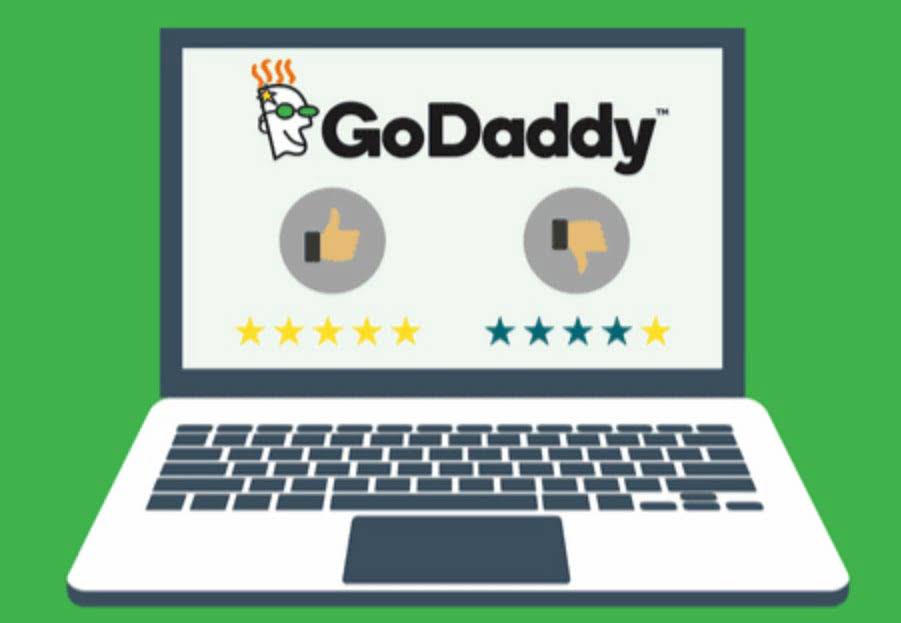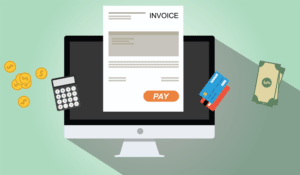Book value is a common valuation metric that measures the net worth of a company’s assets relative to its liabilities. It is calculated by subtracting the total liabilities from the total assets of a company, and dividing the result by the number of shares outstanding. However, book value has some limitations and challenges that make it an imperfect indicator of a company’s true value. In this section, we will discuss some of these issues and how they affect the use of book value as a valuation metric. The book value per share (BVPS) is calculated by taking the ratio of equity available to common stockholders against the number of shares outstanding. When compared to the current market value per share, the book value per share can provide information on how a company’s stock is valued.
Next, we need to calculate how much shareholders’ equity is available to the common stockholders. We need to divide the shareholders’ equity available to common stockholders by the number of common shares. We need to calculate how much shareholders’ equity is available to the common stockholders.
Analysts must differentiate between basic and diluted shares, as stock options, warrants, or convertible securities can increase the number of shares and alter the book value per share. Now, let’s say that Company B has $8 million in stockholders’ equity amortization of financing costs and 1,000,000 outstanding shares. Using the same share basis formula, we can calculate the book value per share of Company B. In the example from a moment ago, a company has $1,000,000 in equity and 1,000,000 shares outstanding.
Real-World Examples: Companies with High vs. Low BVPS
It’s a measure of what shareholders would theoretically get if they sold all of the assets of the company and paid off all of its liabilities. Assume that XYZ Manufacturing has a common equity balance of $10 million and 1 million shares of common stock are outstanding. If XYZ can generate higher profits and use those profits to buy assets or reduce liabilities, then the firm’s common equity increases. It provides a solid foundation for evaluating a company’s financial health and stability. It helps investors identify undervalued stocks and make informed investment decisions.
Value investors use BVPS to identify stocks that are trading below their intrinsic value, indicating potential undervaluation. Conversely, if the market value per share exceeds BVPS, the stock might be perceived as overvalued. BVPS offers a baseline, especially valuable for value investors looking for opportunities in underpriced stocks. The next assumption states that the weighted average of common shares outstanding is 1.4bn. Below is a break down of subject weightings in the FMVA® financial analyst program.
BVPS and Stock Valuation: How Investors Can Use It
- For example, a company reports total shareholder equity of IDR100,000 in 2019, of which around IDR10,000 is preferred stock.
- Understanding the world of penny stocks is crucial for investors looking to navigate the volatile…
- With those three assumptions, we can calculate the book value of equity as $1.6bn.
- Book value per share (BVPS) is a measurement of a company’s total net assets minus its liabilities, expressed on a per-share basis.
A company can use a portion of its earnings to buy assets that would increase common equity along with BVPS. Or it could use its earnings to reduce liabilities, which would also increase its common equity and BVPS. A company’s stock is considered undervalued when BVPS is higher than a company’s market value or current stock price. If the BVPS increases, the stock is perceived as more valuable, and the price should increase.
So, while the formula remains the same, the actual numbers used in the calculation might vary slightly due to tax-related adjustments. Book value per share (BVPS) is a measure of value of a company’s common share based on book value of the shareholders’ equity of the company. It is the amount that shareholders would receive if the company dissolves, realizes cash equal to the book value of its assets and pays liabilities at their book value. Tangible assets are physical assets that have a definite shape and size, such as land, buildings, machinery, inventory, etc.
It’s essentially what each share would be worth if the company were liquidated at its book value. For instance, if Company A has a Value of ₹100 and Company B has a Value of ₹200, investors might infer that Company B has a higher equity value per share. However, it’s important to also consider other financial metrics and factors before making investment decisions. It helps investors evaluate the company’s market price relative to its book value.3. The next, shareholder equity also increases if the company uses the profit to reduce liabilities or buy more assets.
How does BVPS differ from market value per share?
You might use this metric to compare the market price of a company’s current shares, whether overvalued or undervalued. But remember, this metric is only based on accounting estimates, not based on market-based calculations. Book value per share (BVPS) is calculated as the equity accessible to common shareholders divided by the total number of outstanding shares. This number calculates a company’s book value per share and serves as the minimal measure of its equity. The concept of Book Value Per Share has been a cornerstone of financial analysis and valuation for decades. It originated from the need to understand a company’s intrinsic value, separating the real assets and liabilities from market speculation.
For instance, companies with preferred shares or significant intangible assets might require adjustments to the equity figure. Book value per share is the ratio of shareholders’ equity to the average ordinary shares (common stock) outstanding. That is the amount that ordinary shareholders will receive when the company is liquidated. These adjustments are important to reflect the true economic value of a company’s assets and to compare its performance with other companies in the same industry or sector. Book value adjustments can also have implications for taxation, valuation, and financial reporting. Therefore, investors and analysts should be aware of the factors that affect book value and how to account for them.
While companies cannot easily manipulate their Book Value Per Share as it is based on the audited balance sheet, they can influence it through strategic financial decisions. For example, retaining earnings instead of paying dividends, share buybacks, and asset revaluations can impact the Book Value. However, these actions must be disclosed and are subject to regulatory scrutiny.
Debt Paydown Yield: What Is It, Calculation, Importance & More
The weakness of this metric is that its value is based on accounting calculations. It provides foresight, so it is a less accurate measure to predict the company’s stock price. For example, a company reports total shareholder equity of IDR100,000 in 2019, of which around IDR10,000 is preferred stock. Book value per share is determined by dividing common shareholders’ equity by total number of outstanding shares. These are some of the ways that book value can be used as a valuable tool for financial analysis and decision making.
- We deduct preferred stock from the shareholders’ equity because preferred shareholders are paid first after the debts are paid off.
- Similarly, a company may have issued bonds at a high interest rate, but their market value may have declined due to lower interest rates.
- Before investing in securities, consider your investment objective, level of experience and risk appetite carefully.
- For example, let’s say that ABC Corporation has total equity of $1,000,000 and 1,000,000 shares outstanding.
- Below is a break down of subject weightings in the FMVA® financial analyst program.
When you’re investing, it’s not depreciable asset definition just about looking at the stock price and hoping for the best. It’s not the only tool you’ll need, but it’s a great place to start when you’re figuring out if a stock is truly worth your money. It shows you what the company’s really sitting on in terms of value – not what the market thinks it’s worth on a given day.
Book Value Per Share vs. Market Stock Price: What is the Difference?
The Price-to-Book (P/B) ratio is a financial metric used to evaluate the valuation of a company relative to its book value. It is calculated by dividing the market price per share of a company by its book value per share. Book Value Per Share (BVPS) is a crucial metric for investors to understand a company’s net value on a per-share basis. It is an important tool for evaluating the company’s market price relative to its book value, helping investors make informed decisions. Understanding what is book value per share can provide significant insights into a company’s financial health and valuation.
This calculation reflects the tangible assets available to shareholders after liabilities are settled. Book value per share is a financial metric that provides investors with insight how to file patreon income without physical 1099k into the intrinsic value of a company’s stock. It helps gauge whether a stock is undervalued or overvalued relative to its actual worth, making it essential for informed investment decisions. The book value of a company is based on the amount of money that shareholders would get if liabilities were paid off and assets were liquidated. The market value of a company is based on the current stock market price and how many shares are outstanding. The book value per share and the market value per share are some of the tools used to evaluate the value of a company’s stocks.
Since the number of shares owned by a stockholder determines his or her portion of equity in a corporation, some stockholders have keen interest in knowing the book value of stock they own. In this article, we will explain how this value is calculated in different capital structures. To calculate book value per share, simply divide a company’s total common equity by the number of shares outstanding. For example, if a company has total common equity of $1,000,000 and 1,000,000 shares outstanding, then its book value per share would be $1. Book value per share is just one of the methods for comparison in valuing of a company. Enterprise value, or firm value, market value, market capitalization, and other methods may be used in different circumstances or compared to one another for contrast.









Recent Comments